Welcome!
there's lots to see Take a look around
Teaching Philosophy
Art has always been a part of my personal development. Even as a child, I have used art as a self-reflective practice. To this today, I continue to make connections while creating artwork. Art is a means of deeply understanding others by showing and developing ideas. As an artist, I am not just creative but I am a problem solver, researcher, leader, and activist. Art is the means of which I express these aspects of my life. I have first-hand benefited from art education and an art practice. Knowing this, my goal for all of my students is that they find themselves within the arts.
The arts are also a place to build community since art connects. Student-voice is the center of the modern art education practice. I will continue to encourage students’ artistic development with implementing a form of critique that integrates a crucial improv rule, ‘yes and’. This phase means that you have to roll with what has been given to you and that you keep adding, if you say no, it ends the scene. So, as an art teacher, I want to instill this in my students, to show more of themselves, stay present, say yes to trying new things, and always adding not subtracting to theirs and others work (constructive criticism). This technique will instill skills including but not limited to collaboration, communication, and conflict resolution.
As an art teacher, I will encourage my students to share their perspectives by showcasing and celebrating lots of solutions, creativity, and innovation. My goal is that our art community will celebrate hard work and dedication by seeing and enjoying the processes that unfold for each students’ work. Having students speak about their process and final work, students can develop empathy for one another and their experiences by building confidence and layered self-expression. In addition, this teaches students about mutual respect for themselves, their peers, teachers, their environment, and their community. My aim is that students will learn that art connects one another by the human experience. That art is a way to express, connect to others and process deep emotions.
The art classroom should also be a safe space for students to express their emotions, which showcases to students that emotions are okay, and it is good to show emotions, and share emotions to share human experience. This should be increasingly important to educators, parents, administrators with the current emotional turmoil that folks have gone through with the COVID-19 pandemic. Therefore, social-emotional learning should be a top priority so that students can be the best versions of themselves along with this increasing academic performance due to a calm state of mind.
But for those naysayers, I challenge you to speak to students within the art classroom and really listen to what they are saying about their ideas, thoughts, and processes. It blows me away, I am sure it will for you too. If the arts can change the minds of our students, what else would the arts change? How do you want our world to change? I’m sure the arts can help.
------------------------------------------------------------
Teaching Practice
Leading discussion with the technique of Visual Thinking Strategies (VTS) and transitioning students into their working period.
Students working on background for original animation.
Student group project creating original animation
------------------------------------------------------------
2023 Student Art Show
Ms. Emily's organization and set up of student artwork.
Ms. Emily's art show presentation to her peers and professors, describing various projects students completed.
Ms. Emily's art show presentation continued on student lead animation
Student artwork on display, BTU sign design by student as well.
Interactive piece at art show development over Ms. Emily's time with BTU art students.
Student artwork on display
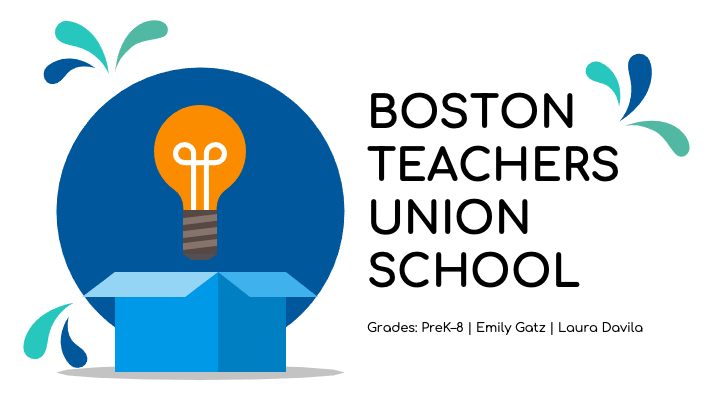

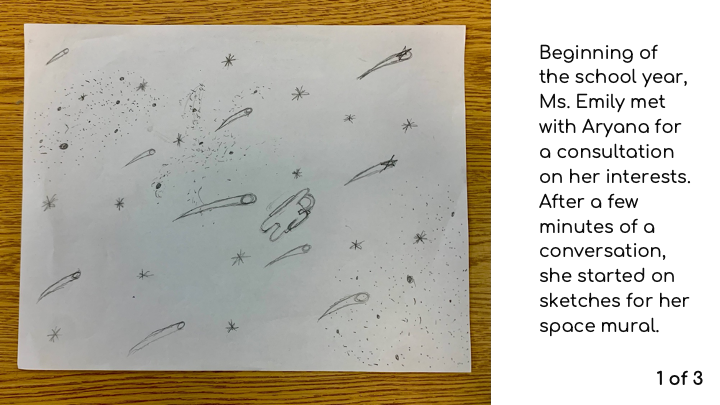
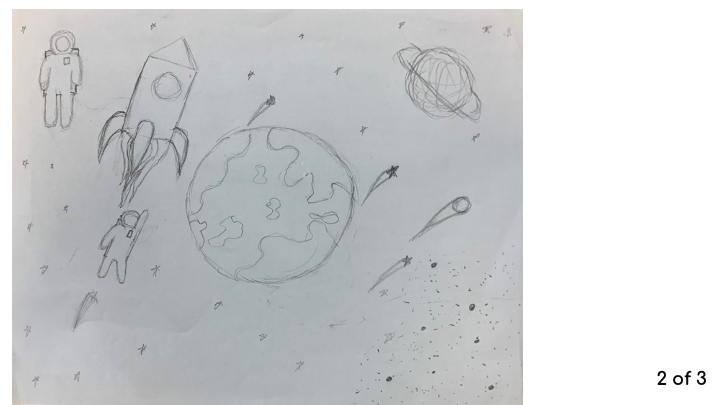
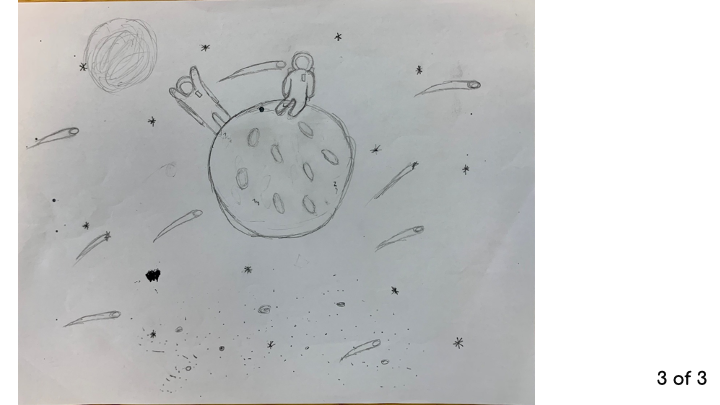

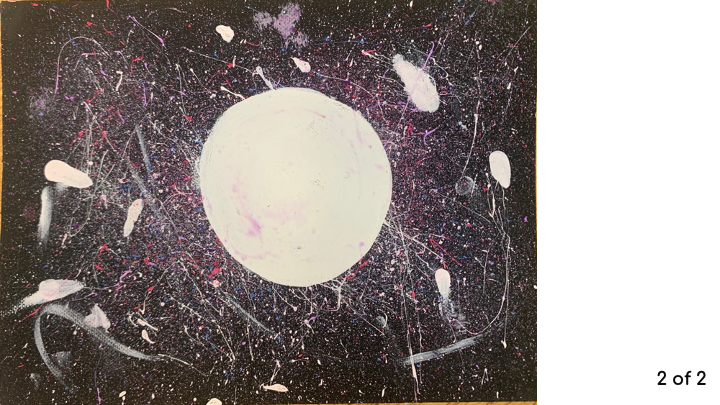
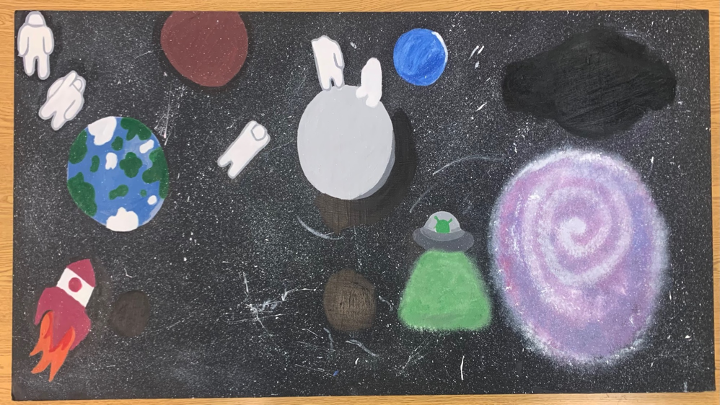
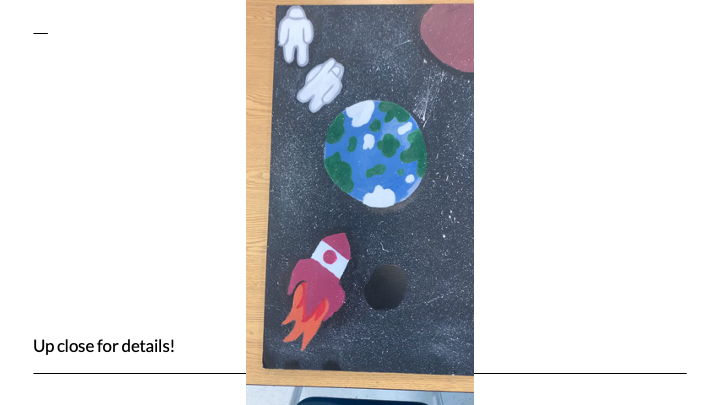

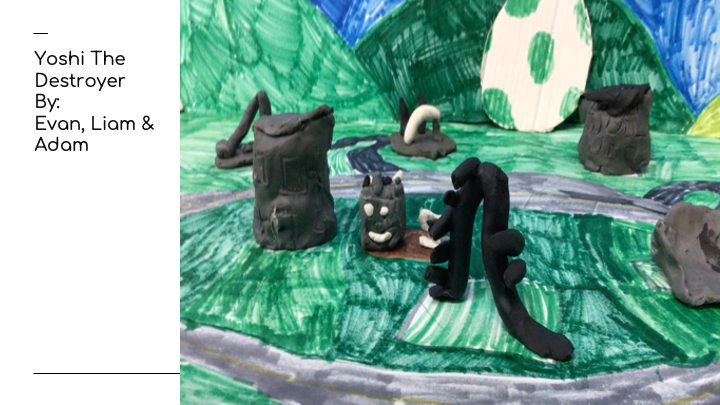

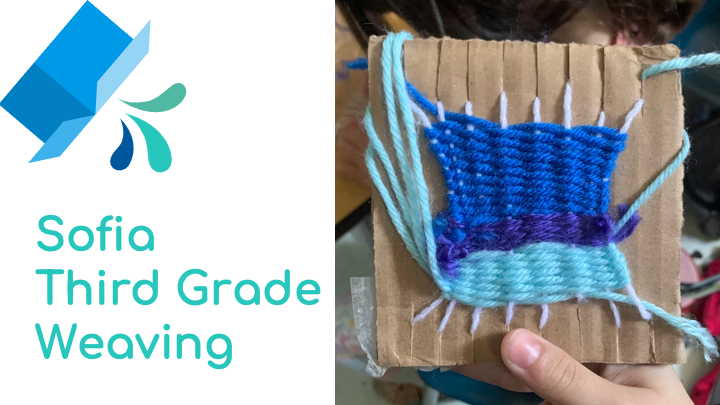

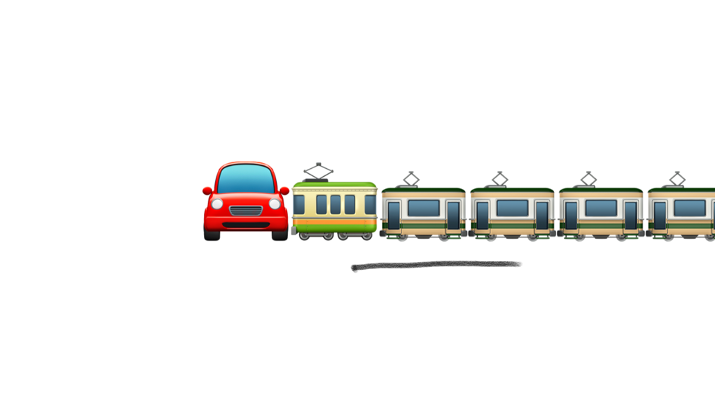

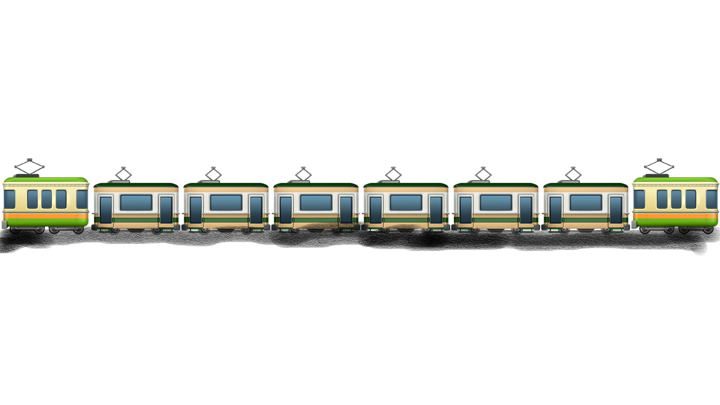

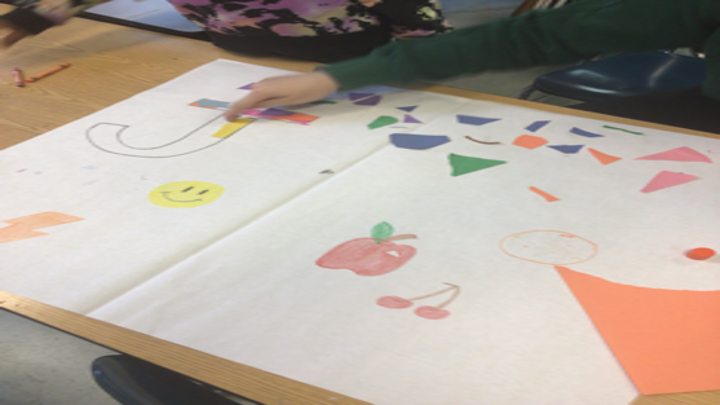
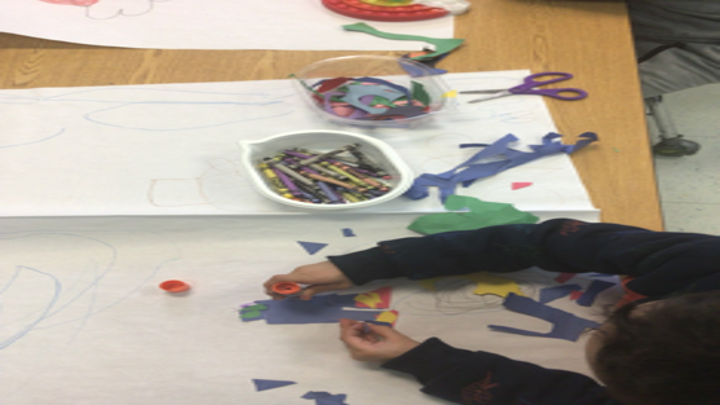

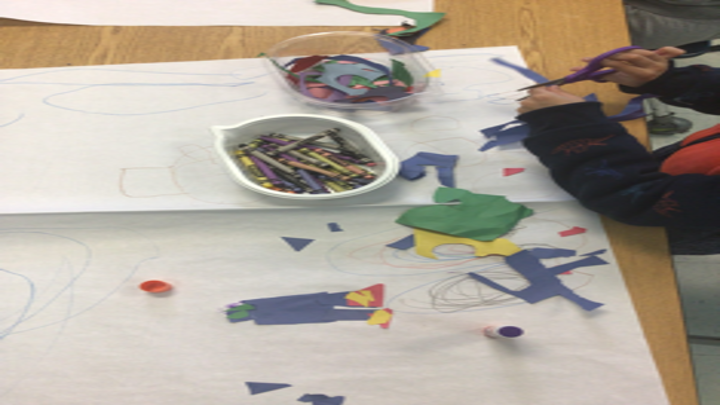
Above are images of slideshow available during the student art show.
------------------------------------------------------------
Lessons & Unit Plans
